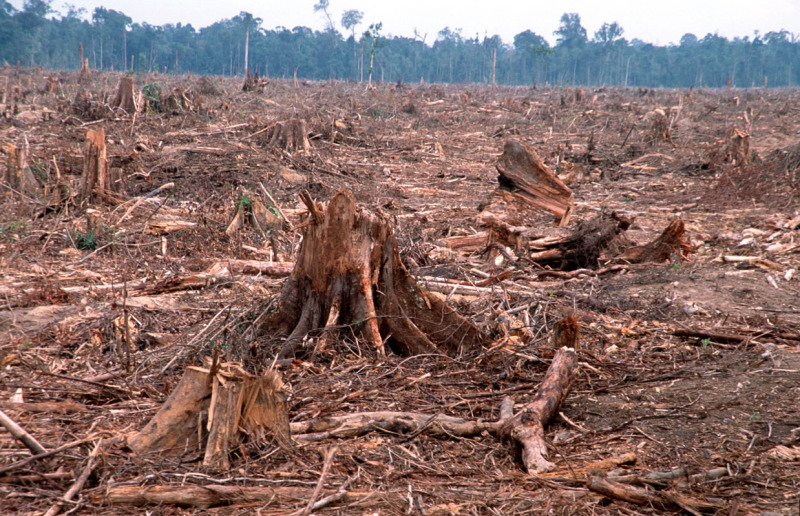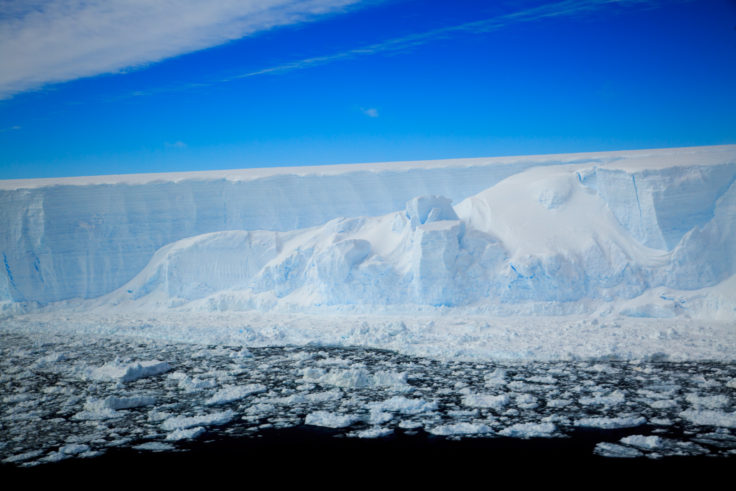White mountain
Snow fall
Crusty ice
Light feather float
Run fast
Fly past
Starts burn
Beautiful black sky
Bright blue sunshine
witch river
Water puddles
We had to come up with 25 words, with the words given to us.
I am a student at in Uru Mānuka. In 2020 I was a year 9 and in 2021 I will be a year 10. This is a place where I will be able to share my learning with you. Please note....some work won't be edited - just my first drafts, so there may be some surface errors. I would love your feedback, comments, thoughts and ideas.
Thursday, September 26, 2019
Tuesday, September 24, 2019
My Investigation on climate change
My Investigation on climate change
ACIDIFICATION
DEFINITION: acidification occurs when CO2 is absorbed into the water at a high rate
What is happening to the oceans?
The ocean is taking to much CO2, because of that the fish can't settle by the ocean taking to much of CO2 the shellfish start to aciditate making them not able to form their shells.
What does this do to shellfish?
They start to aciditate wish enables them to create their shells.
HOW DOES CLIMATE CHANGE CONTRIBUTE TO THE ACIDIFICATION OF OUR OCEANS?
2 Images;


DEFINITION: clearcutting of forests
What are trees used for?
They're used for the water cycle, and transpiration and CO2 wood is mostly used for houses household items paper and pencils.
HOW DOES DEFORESTATION AFFECT THE CLIMATE?
2 Images;


ICECAP MELT
DEFINITION: Ice melting and falling into the ocean
If all the ice melted what would happen?
The seawater will rise higher and higher The ocean would cover all the coastal cities. And land area would shrink
HOW DOES ICECAP MELT AFFECT CLIMATE CHANGE?
2 Images;

WATER VAPOUR
DEFINITION:
Gas water
HOW DOES WATER VAPOUR AND EVAPORATION CONTRIBUTE TO CLIMATE CHANGE?
As the climate warms, air temperatures rise more evaporation from water sources
2 Images;


New science lab
Aim: To learn about the expected behavior in a science laboratory.
teacher shoes practical teacher laboratory ask sniff teacher breakages
Our R9 Class Treaty
- Bags under your desk
- No food or drink/s
- No running
- Don't touch experiments
- report any breakages or spills
- Do not taste or sniff anything
Safety in a laboratory.
teacher shoes practical teacher laboratory ask sniff teacher breakages
- Follow the instructions given to you by the teacher
- You must not enter the laboratory without your ____teacher____.
- Report all ______breakages______ to your teacher.
- You must never eat or drink in a _____laboratory_______ .
- ___shoes____ must be worn at all times.
- If you spill something you should tell your ____teacher_____ immediately.
- You should wash your hands after every ____practical___ activity.
- You should know what you are doing. If in doubt ____ask__ your teacher.
- Never taste or __sniff____ chemicals.
In your group, discuss how the following scenarios could be dangerous.
- Not putting your bag under your desk.
- Running around in the laboratory.
- Not wearing shoes in a laboratory.
- Shaking a test tube with your thumb over its mouth?
How do we work in this laboratory?
- Beginning and End of class: Lining up, Entry, Seating,
- Equipment tray: equipment list and details.
- Test tube - This is used for experiments using liquids. They have a bung that can be placed in the top. Test tubes sit in a test tube rack.
- Conical Flask - This is used for experiments with liquid up to 150 ml. The flask has a rubber bung for the top and the glass is heatproof.

- Glass Stirring rod - This is a 20cm glass rod used to stir and mix any liquids together.

- Test tube tongs - These are used to hold a hot test tube after an experiment.

- Spatula - This is for holding very small amounts of chemical powders.

- Funnel - used to channel liquids into a smaller container.

- Measuring Cylinder - This is used to measure liquids for experiments. The liquids will be poured into a beaker or test tube once measured out.

Monday, September 23, 2019
2040 documentary
What are 2 things you learned:
I learned that there are good things to climate change, like how you can make and change bad situations into good ones by instead of using electricity, you can use solar energy. Instead of feeding cows grain, you can feed them your crops and parts of the field you don't use.
What surprised you?: I got surprised when I learned how much fossil fuel we use.
What excited you?: I got excited knowing that there are good things to climate change and not just bad things
What worried you?: I got worried when I thought the clean world we need won't come to us.
I learned that there are good things to climate change, like how you can make and change bad situations into good ones by instead of using electricity, you can use solar energy. Instead of feeding cows grain, you can feed them your crops and parts of the field you don't use.
What surprised you?: I got surprised when I learned how much fossil fuel we use.
What excited you?: I got excited knowing that there are good things to climate change and not just bad things
What worried you?: I got worried when I thought the clean world we need won't come to us.
Tuesday, September 10, 2019
Solar Energy
Aim: To find out which color attracts the suns heat.
Hypothesis: I think black attracts more heat because it's a darker color.
Materials:
- White paper
- Black paper
- Tin foil
- Heat lamp
- Styrofoam cup
- Clear cup
Steps
- Get your materials and get in a group of three or four
- Put your tin foil and black plastic around the two cups
- Put the heat lamp on and wait for the minutes on the chart
- after your timer is up put the thermometer into the water for one minute
- Take out the thermometer out of the water and put a timer for another one minute
- Record what the result was.
Findings:
In this photo, it includes three cups and a heat lamp two of the cups are covered and one is not, one of them is covered with a black garbage bag, and the other is covered with tin foil. the other cup is just a normal styrofoam cup, in each cup, there is 1/4 of water in all three cups.
Conclusion
Activity:
In pairs rate the livability of coal vs solar energy.
Comparing Coal energy with Solar energy ( Rate; 1 = poor to 10 = great)
Factor
|
Solar
|
Coal
|
Livability
| ||
Sustainability
| ||
Accessibility
| ||
Cost
| ||
Your choice...
|
Solar Sharing ( from 2040)
Friday, September 6, 2019
Water Cycle
Title |
Water Cycle
|
Purpose |
To see how a water cycle works
|
Materials |
|
Steps |
|
Conclusion |
I think the outcome of this experiment will be...
The first bag will be very misty and humid almost as if your standing on top of a misty mountain in the rain forest, but I think it will look like an old water bottle with the fog inside of it.
I think the other bag will just turn into a really groggy blueish white powder water, like an old expired protein mix.
|
It was quite fun learning about gases and how they effect our earth, I was quite intregred when I Learnt what a water cycle was. after we learnt the names of different type of gas names, after the explaing was finished when got into a group of three.
Thursday, September 5, 2019
Poetry
In class, we have been learning about and writing poems, it was quite interesting learning about poems and writing about them I decided to write a Haku, Haku's seem easy but they are quite difficult to do, because you need to find something to write about but the first line has to have five syllables then the second has to be seven syllables than the last line has five syllables, for example.
There is snow
falling down from air
The cold is freezing
Tuesday, September 3, 2019
Climate change Issues
Aim: To learn about the different emissions of climate change
Factories: Making clothes, cars, and electronics and processed foods create a lot of pollution when materials like plastic cardboard metal and cement are made, harmful gases are released into the air and water
Cows: cows create a greenhouse gas called methane when they burp or fart. Methane is a greenhouse gas that is 25 times more powerful than carbon dioxide.
Transportation: most cars need gas or diesel to work these come oil which is fossil fuel releasing bad gases into the air
Electricity: Electricity is a powerful form that works in everyone's home electricity come from renewable resources like water wind and the sun
Food: we need food to survive, but it makes lots of pollution when transporting food my ships, planes, trains, and trucks add carbon dioxide to the atmosphere
Landfill:
our landfills are growing and using up more healthy land when waste breaks down in landfills.
Factories: Making clothes, cars, and electronics and processed foods create a lot of pollution when materials like plastic cardboard metal and cement are made, harmful gases are released into the air and water
Cows: cows create a greenhouse gas called methane when they burp or fart. Methane is a greenhouse gas that is 25 times more powerful than carbon dioxide.
Transportation: most cars need gas or diesel to work these come oil which is fossil fuel releasing bad gases into the air
Electricity: Electricity is a powerful form that works in everyone's home electricity come from renewable resources like water wind and the sun
Food: we need food to survive, but it makes lots of pollution when transporting food my ships, planes, trains, and trucks add carbon dioxide to the atmosphere
Landfill:
our landfills are growing and using up more healthy land when waste breaks down in landfills.
Monday, September 2, 2019
Self management
By being a self-manager means being learning ready and having the right gear, and not being distracted by other people, and following instructions
I was a self-manager by being on time to school with the right gear and being learning ready, I had all the gear I needed for class, I was an active listener.
How you can be a self-manager is by being on time learning ready and being an active listener, self-management is a very critical thing to have in the work invoerment because you need to be able to do stuff on your own and not let people tell you what to do constantly.
Subscribe to:
Posts (Atom)
